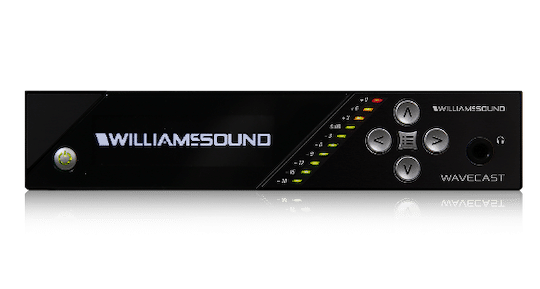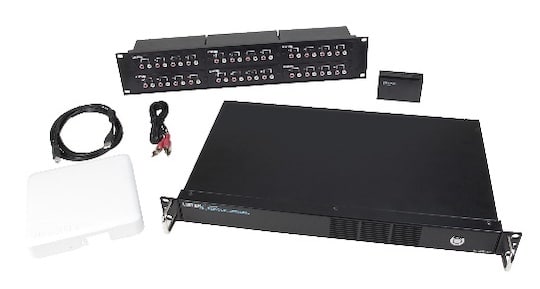Wi-FI Systems

What are Wi-Fi Systems?
Wi-Fi systems work by streaming audio that is converted from an audio source to a digital stream, compressing it and streaming the data over a local area network (LAN) to a Wi-Fi wireless access point (WAP or AP). From the access point, the encoded data is streamed wirelessly to personal devices such as a smartphone. An app on the phone receives the signals and decodes them for the user.
Why Use a Wi-Fi?
Less receivers needed – with Wi-Fi systems, you are required to provide your own receiver. This is known as a BYOD (Bring Your Own Device) system.
Less invasive install – because Wi-Fi systems don’t require the use of wire, as a Loop System does, no carpet work or cutting of flooring is required.
Multichannel use – if you are using the system in a venue with multiple audio sources, ie sports bar or fitness center, you can select which source you wish to listen to.
Considerations of a Wi-Fi System?
BYOD required – to use the Wi-Fi system, you must bring your own device. Typically, this is going to be a smartphone. If you don’t bring your phone or don’t have smartphone, you will not be able to use the system.
Not ADA compliant – because this is a BYOD system, it does not meet ADA requirements. ADA requires access for all and for receivers/headsets to be made available to users who do not have their own.
Latency – networking term to describe the total time it takes a data packet to travel from one node to another. All Wi-Fi systems will have a latency factor. Most manufacturers describe theirs as a “low latency system” but there will always be some. For hearing aid and cochlear implant users dependent upon lip reading, latency is a major concern.
Phone in use during event – since a smartphone is the main “receiver” of the audio, it requires the phone to be on. This could result in the user paying attention to the phone rather than the class, service or performance. Worse yet, the phone may ring during a pivotal moment in the service or performance.
Headphones or Bluetooth needed – for the audio to transfer from the smartphone app to the user, generally two options are available. First, headphones can be plugged into the phone. Second, if you are hearing aid or cochlear implant user, you may have Bluetooth built into your hearing device. If you are not a hearing aid wearer but do have a Bluetooth headset you use to talk on the phone, this will also work.
No universal app – since you have to download an app for the venue’s system, you will have to find out which system they are using and download the app specific to that venue on your first visit. Every venue may have a different app, depending upon what manufacturer’s system they are using.
Seniors will have difficulty – seniors or people with certain physical or mental disabilities may find it difficult to navigate the process of downloading an app and connecting to the network.
How do you know if a Wi-Fi system is installed?
There is no standard symbol or signage to inform a user of the presence of a Wi-Fi system. You will have to look for signage that references the system and tells you how to download the application for the venue, connect to their Wi-Fi system and use it.

Williams Sound Wi-Fi system

Listen Tech Wi-Fi system
